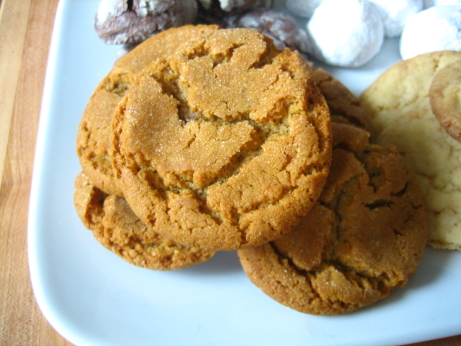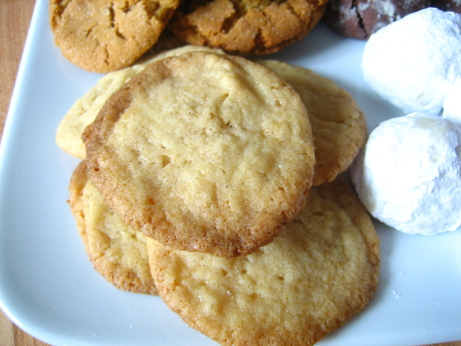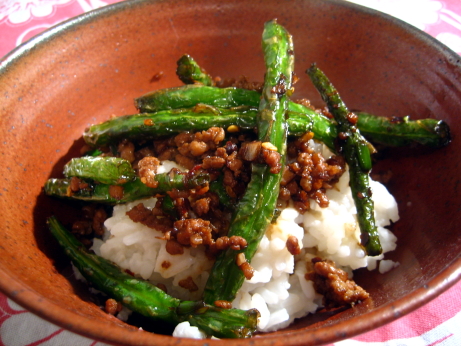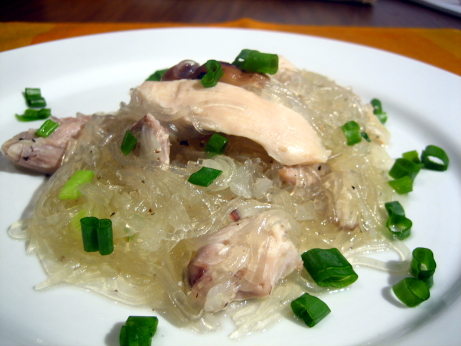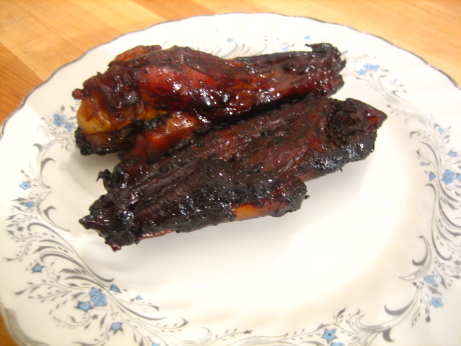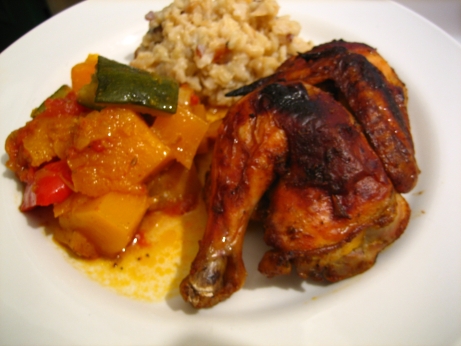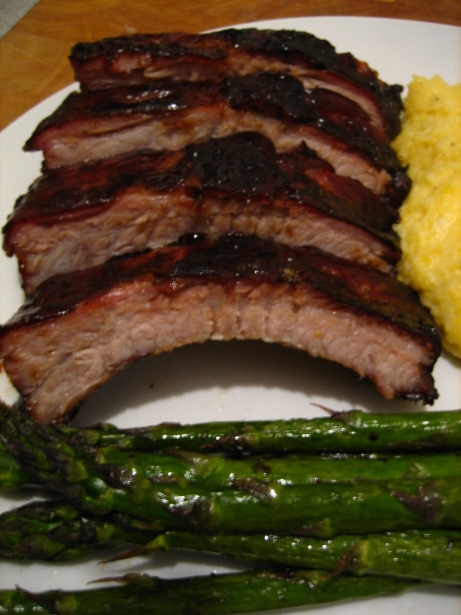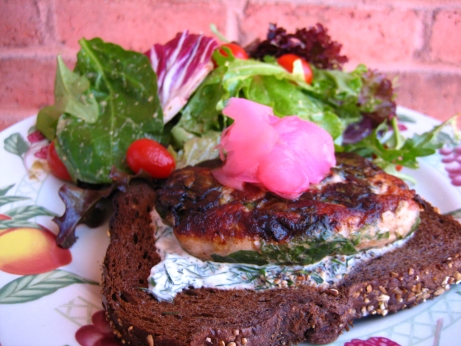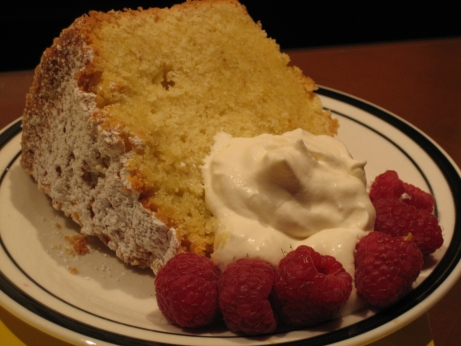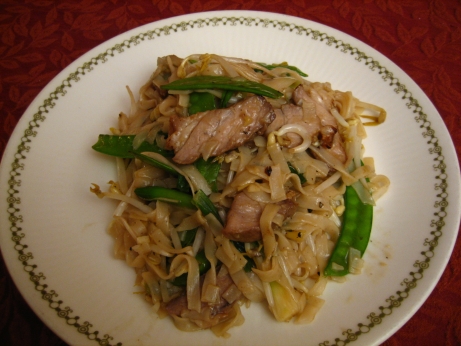My cookie baking bonanza got a little bit confused. I made ginger cookies that didn’t taste much like ginger, and these spice cookies, which are gingerbread in disguise. I kept mixing them up when I told people which cookies where which, it seemed pretty obvious that the crispy cookies which tasted like ginger should have been the ginger crisps, but no. Whatever they’re called, these were among the best gingerbread cookies I’ve ever had.
I’m reading “A History of Food” by Maguelonne Toussaint-Samat right now, so my head is filled with culinary fast facts. Apparently ginger is a recent addition to what we now call gingerbread. In French gingerbread is still called pain d’épice, spice bread, and for most of it’s history was made with whatever spices happened to be available, rarely ginger.
The cookies are a little odd in that they’re made with vegetable shortening instead of butter. I expected that to be a big turn-off, but it really worked. The cookies are made by sifting together the dry ingredients, flour, baking soda, cinnamon, ginger, cloves, and salt, then beating together the shortening and brown sugar, adding an egg and molasses, then gently mixing in the mixture of dry ingredients. The dough then goes into the fridge to chill for an hour, and is rolled into tablespoon balls. The balls are dipped in sugar, and baked sugar side up.
I was really happy with the way these cookies came out, they had a lovely colour, and sparkling sugar topping was very attractive. I liked the way the sugar caused the tops to crack and craze. The shortening really contributed to the texture of the cookies, they were crisp outside, soft inside, and appealingly rich. An acquaintance tried these at a party and said “they’re greasy, I like that”, I can’t think of a better way to put it. Usually greasiness isn’t something I look for in a cookie, but here it really worked. The spice mixture was right on, not overpowering by any means, but delicate and balanced.
These cookies are an absolute keeper. Just looking at the recipe I probably wouldn’t have made these if I wasn’t doing this project, but I’m certainly glad I did.
